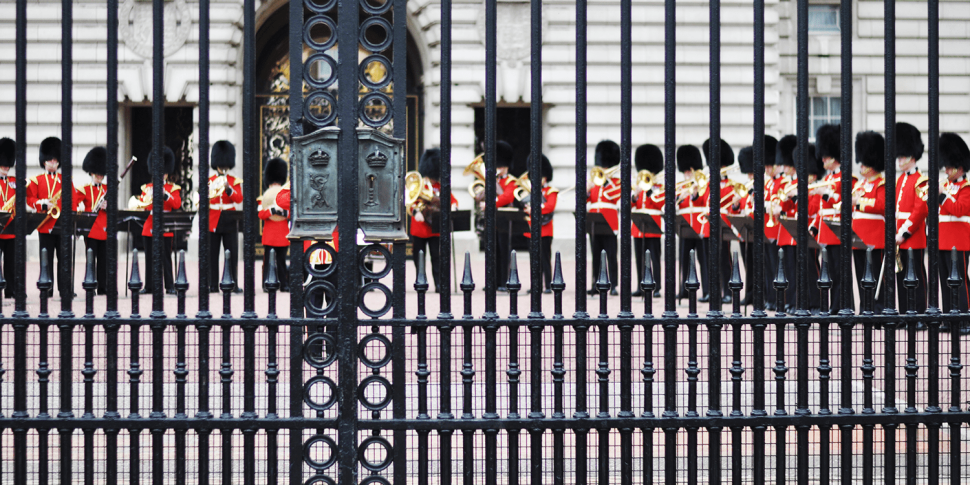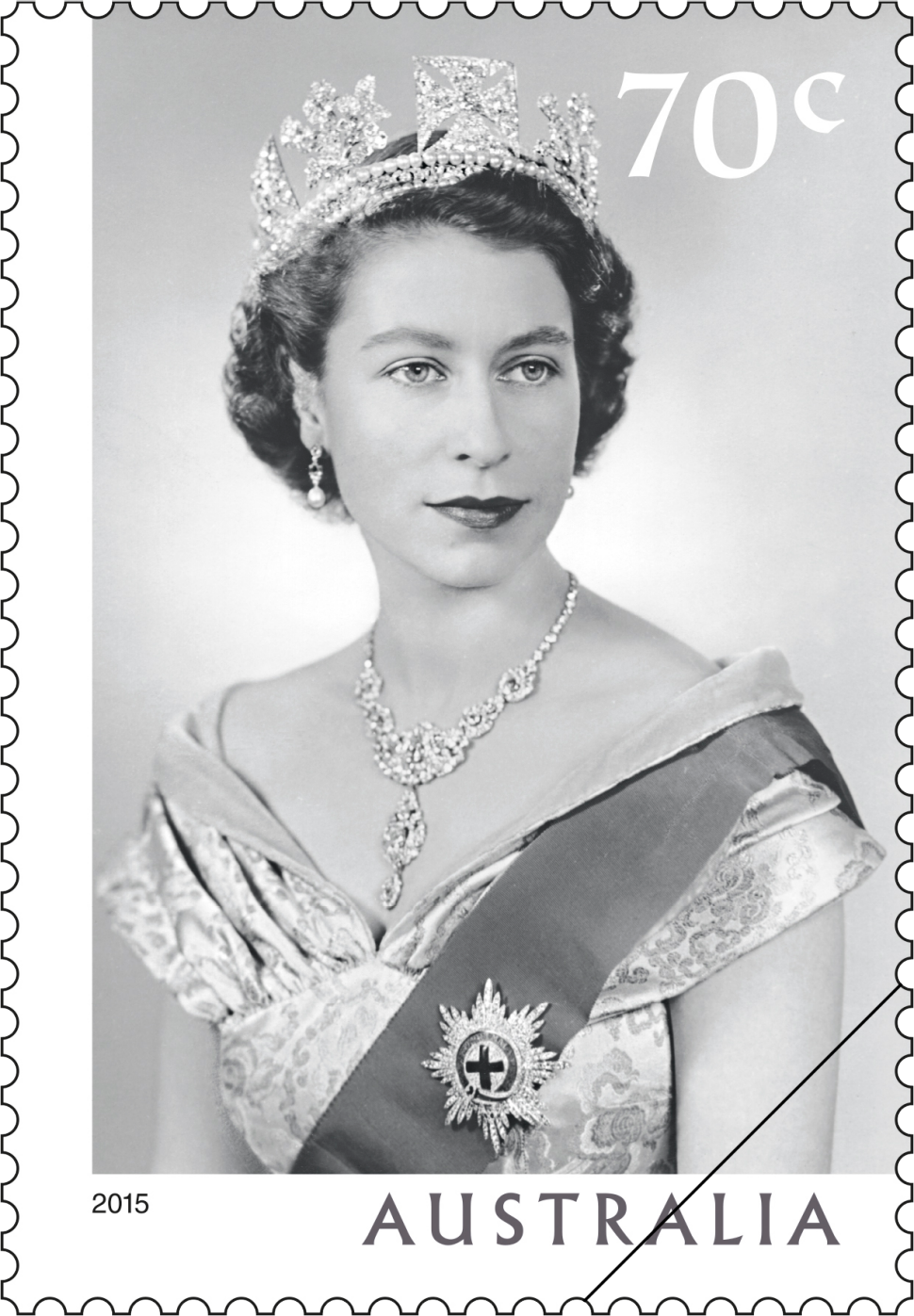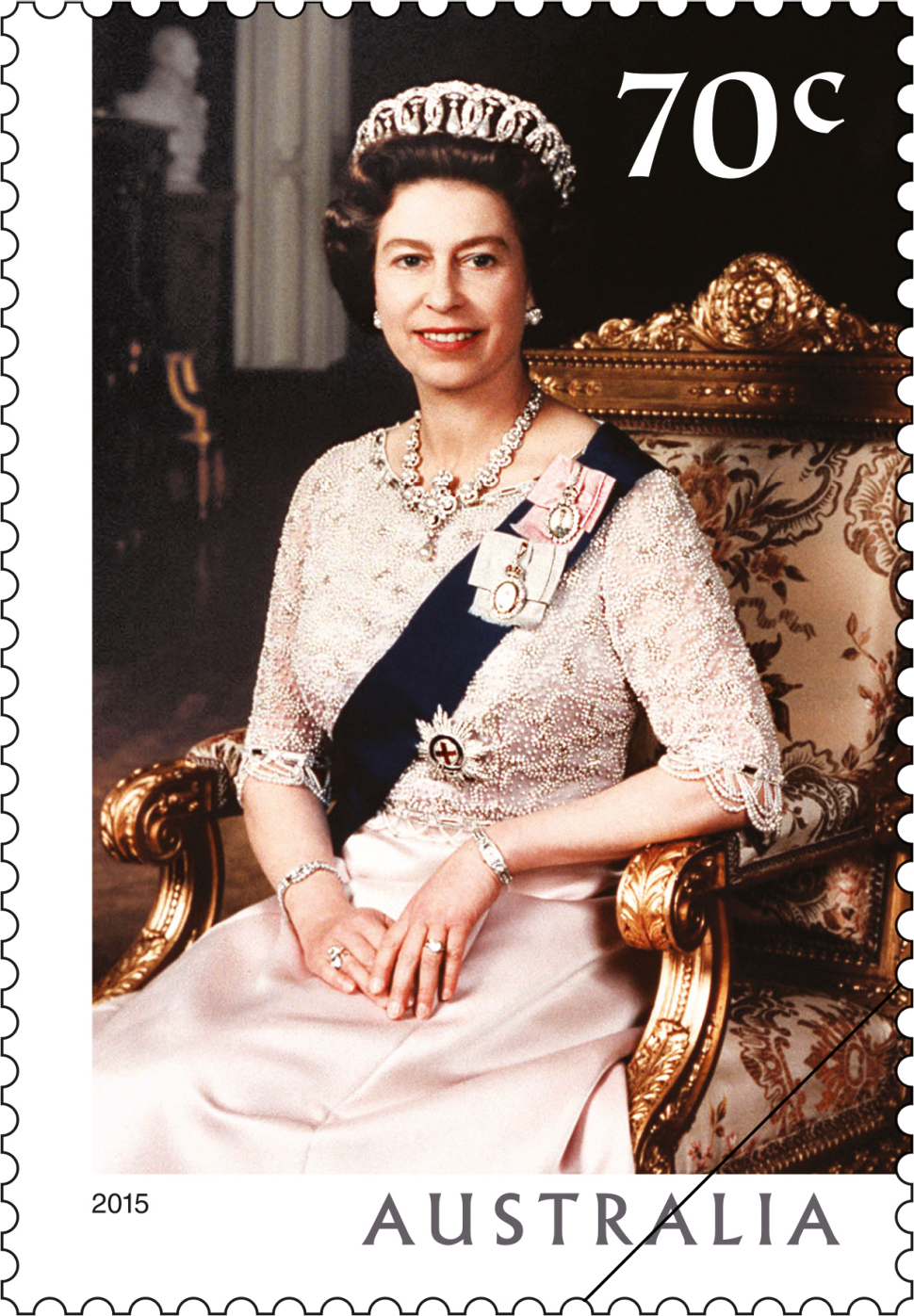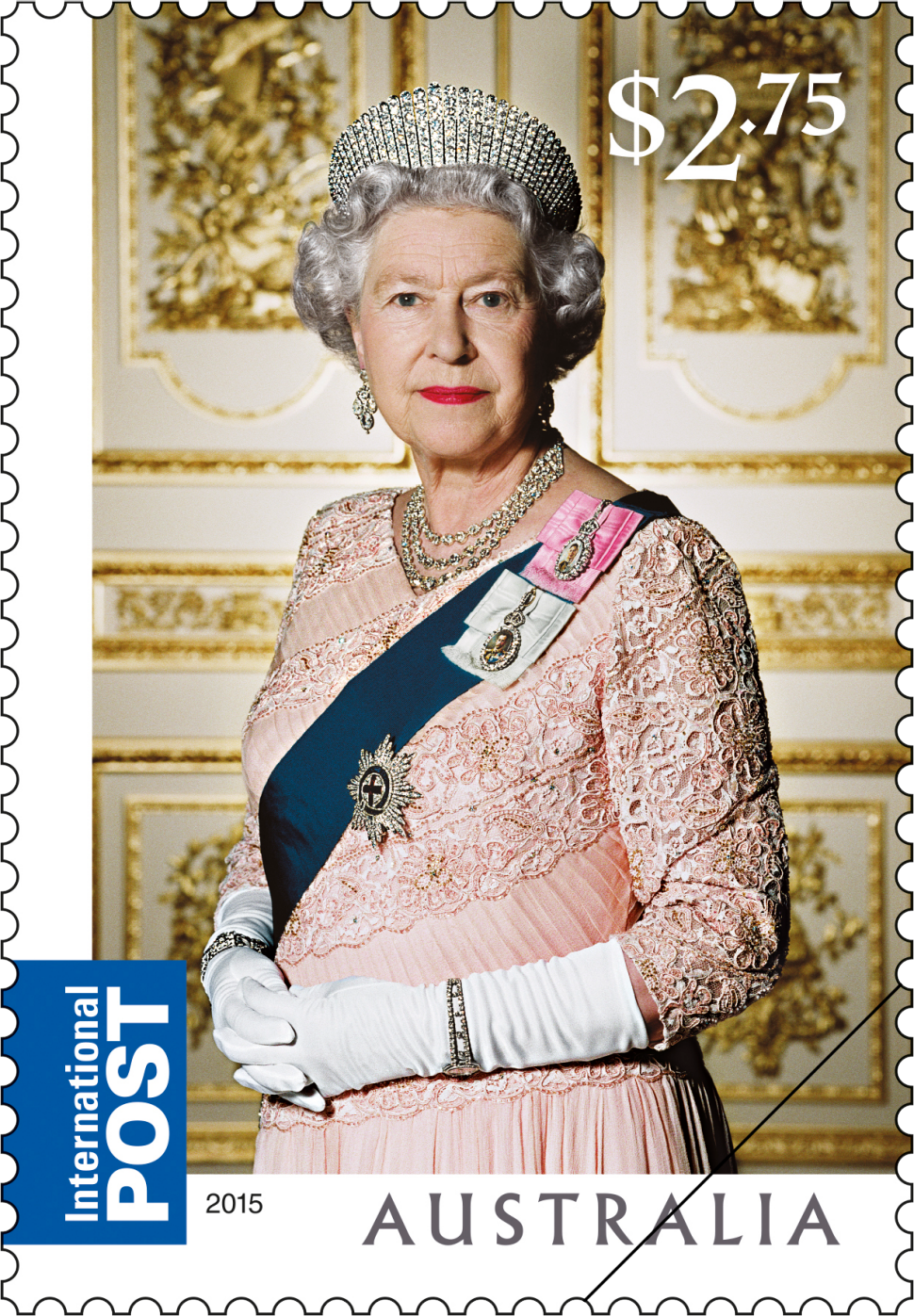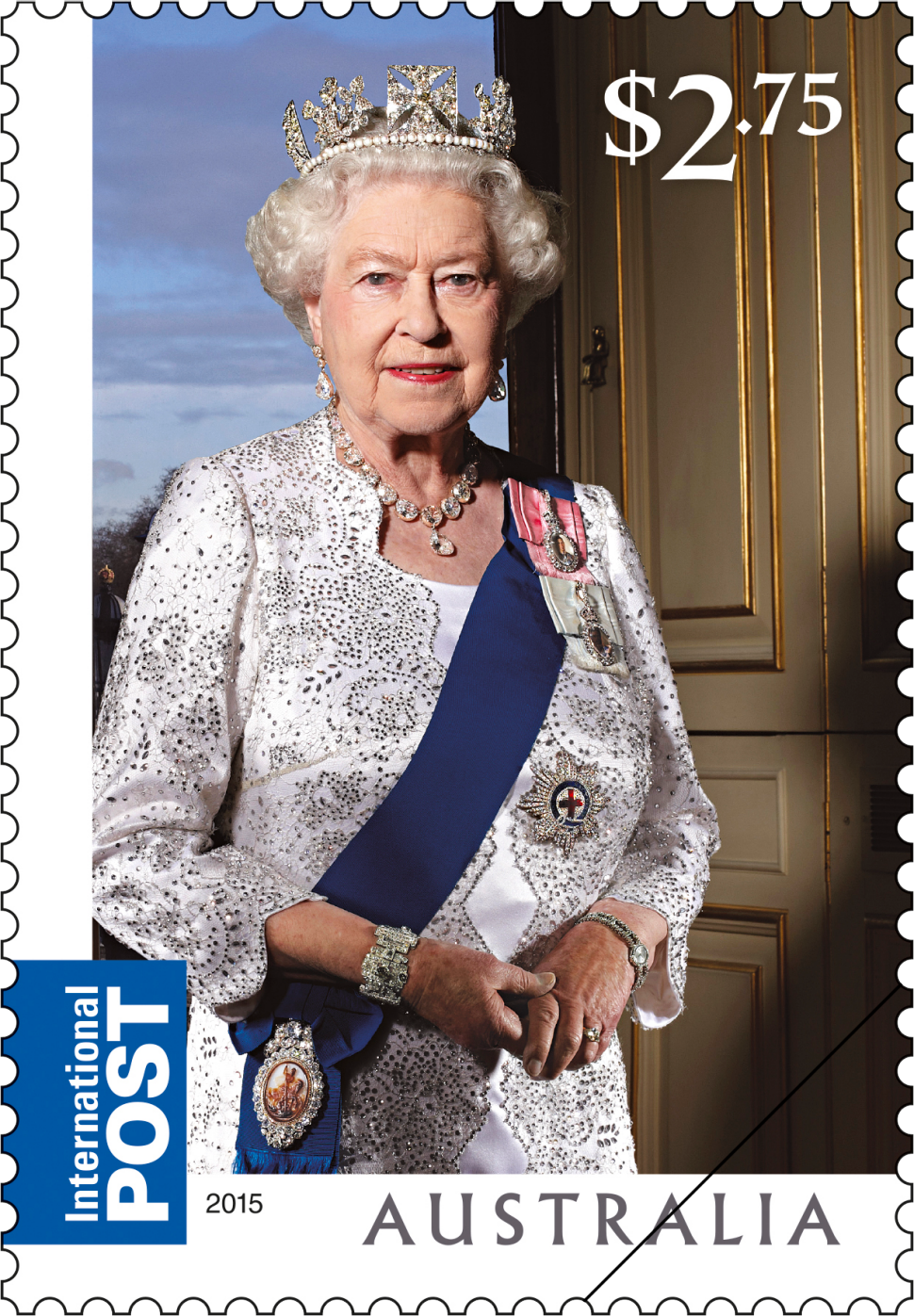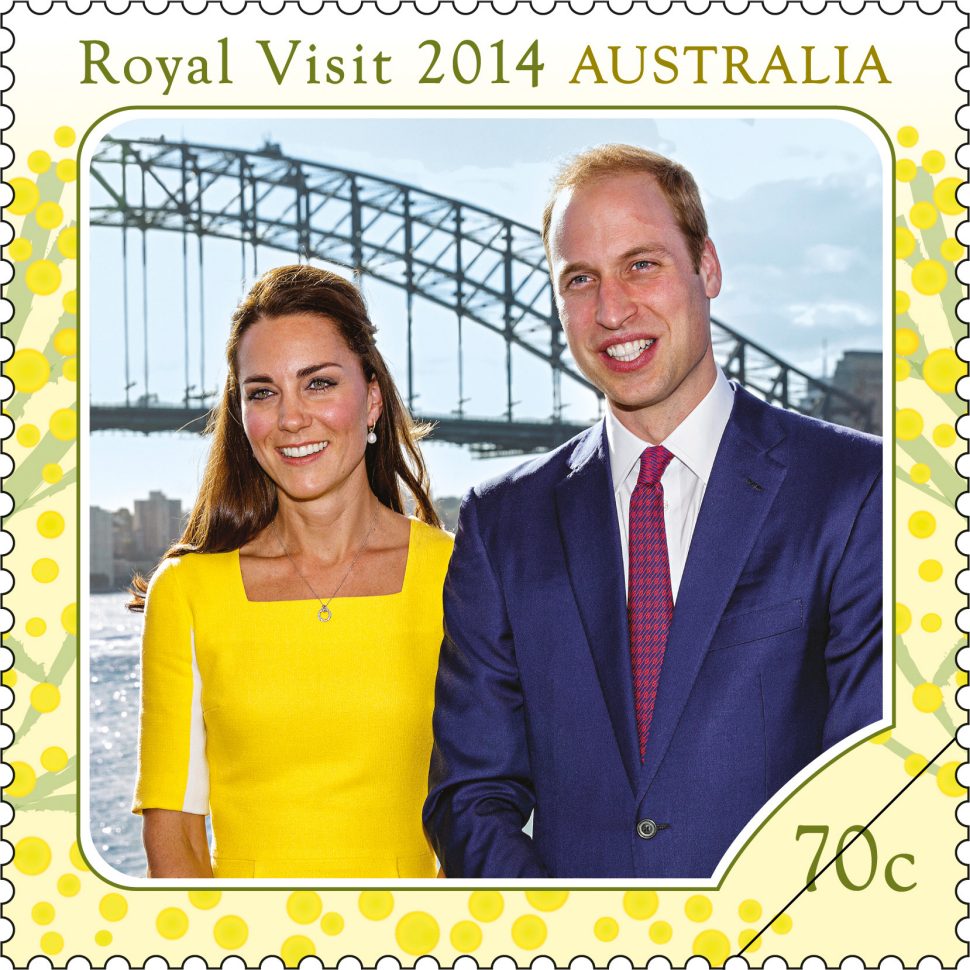On 9 September 2015, Her Majesty Queen Elizabeth II became the longest-reigning British monarch in history. Her great-great grandmother, Queen Victoria had previously had this honour, reigning for 63 years and 216 days, from 1837 to 1901.
At her birth, on 21 April 1926, Elizabeth was third in line for the throne, so it was not expected that she would become Queen. But when her grandfather died in 1936 and her uncle, Edward, became king and then abdicated to marry an American, Mrs Simpson, Elizabeth became heir presumptive. On Edward’s abdication, Elizabeth’s father, George, assumed the throne to be crowned King George VI on 12 May 1937. The family moved to Buckingham Palace and there Princess Elizabeth’s education was broadened to prepare her for possible service as the Queen of England. Nevertheless, it was thought her parents might still bear a son, who, by virtue of his sex, would become heir apparent.
Princess Elizabeth acceded to the throne on 6 February 1952, following the death of her father. She was just 25 years of age. Due to the King’s illness, she had been increasingly taking on royal duties, and was in Kenya in the first stage of a royal visit to Australia and New Zealand at the time of his death. Returning immediately to Britain, she formally acceded two days later on 8 February, her accession declaration stating she would uphold constitutional government and advance her subjects’ wellbeing and prosperity. Public proclamation of the new sovereign was subsequently delivered at St James’s Palace, and was then read out at locations throughout Britain and in Commonwealth countries. In Australia, Governor-General Sir William McKell read the proclamation on the steps of Parliament House.
While Princess Elizabeth acceded to the throne in February 1952, the coronation of the new Queen took place more than a year later, on 2 June 1953, at which she was formally crowned Queen of England. Presided over by the Archbishop of Canterbury, the coronation ceremony remains in essence unchanged since the Norman Conquest of 1066: arriving at Westminster Abbey in the Gold State Coach, the new Queen there swore the coronation oath before being anointed, blessed and consecrated by the archbishop. Her coronation was celebrated in the streets of London by thousands upon thousands of both Britons and tourists.
The stamps in this issue celebrate the Queen’s reign through formal portraits taken by leading British society photographers. Each photograph was taken around the time of a key milestones of her reign: her accession (1952), coronation (1953), silver jubilee (1977), golden jubilee (2002) and diamond jubilee (2012). The stamp designer has taken a restrained and respectful approach to these artworks, allowing the photographs to speak for themselves.
Designer
Sonia Young and has worked in publishing and in design and advertising agencies in Melbourne and San Francisco. She joined the Australia Post Design Studio in 2011. Her stamp issues include Historical Architecture: Government Houses (2013), Australia’s Age of Dinosaurs (2013), Native Orchids (2014), Nostalgic Advertisements (2014) and Australian Racecourses (2014).
Products released in this issue
- Stamp (3 x 70c, 2 X $2.75)
- Cover (blank)
- First day cover (minisheet)
- Maxicard (5)
- PNC (RAM)
- Minisheet
- First day cover (gummed)
- Stamp pack
- PNC (PM)
- A5 prestige booklet
- S/A sheetlet of 5 x $2.75
- Chequebook of 20 x 5 x $2.75
- Gutter (10 x 70c) with design
- Gutter (10 x $2.75)
Technical specifications
- Issue date
- 9 September 2015
- Issue withdrawal date
- 31 March 2016
- Denominations
- Stamp design
- Sonia Young, Australian Post Design Studio
- Product design
- Sonia Young, Australian Post Design Studio
- Printer
- RA Print
- Paper - gummed
- Tullis Russell
- Paper - self-adhesive
- B100
- Printing process
- Lithography
- Stamp size
- 27mm x 37.5mm
- Minisheet size
- 170mm x 80mm
- Perforations
- 14.60 x 13.86
- Sheet layout
- Module of 50
- FDI postmark
- Elizabeth, SA 5122
- FDI withdrawal date
Dorothy Wilding (1893–1976) created the photograph used in this design. This was the first official sitting of the new monarch, taking place on 26 February 1952. Wilding had previously photographed King George VI in 1937, to mark his coronation, and taken images of him for the creation of banknotes, coins and stamps. In 1943, Wilding became the first female photographer to receive a Royal Warrant. The purpose of Wilding’s 1952 shots of the new Queen was for use on currency and stamps. She made 59 photographs during the sitting.
Photograph: Dorothy Wilding, Australia Post, National Philatelic Collection
Society photographer Cecil Beaton (1904–80) was commissioned to photograph the coronation of Queen Elizabeth II. The sitting took place on 2 June 1953, on the royal family’s return to Buckingham Palace after coronation service in Westminster Abbey. The portrait is a dramatic depiction of the young Queen against a painted a backdrop of Henry VII’s Lady Chapel in Westminster Abbey. It marks a real departure from previous depictions of the British monarchy’s coronation portraits. Wearing the Coronation Gown and Robes, and the Imperial State Crown, the Queen holds the orb and sceptre.
Photograph: Cecil Beaton, Victoria & Albert Museum, London
Peter Grugeon (1918–80) took this portrait on 1 January 1975, in the period leading up to Her Majesty's silver jubilee in 1977. Taken in Buckingham Palace, the photograph shows Her Majesty wearing Grand Duchess Vladimir’s tiara, Queen Victoria’s Golden Jubilee necklace and the blue mantle of the Order of the Star Garter.
Photograph: Peter Grugeon, Camera Press London
John Swannell (b. 1946) took this photograph of the Queen on 1 February 2002, as part of the golden jubilee series. It shows Her Majesty in the Crimson Drawing Room, in Windsor Castle, before she attended a diplomatic reception. She wears the blue mantle of the Order of the Star Garter.
Photograph: John Swannell, Camera Press London
John Swannell (b. 1946) was commissioned to take this photographic portrait to mark the diamond jubilee (2012) of the Queen’s accession to the throne. It was made on 14 December 2011. Taken in the Centre Room at Buckingham Palace, it shows the Queen Victoria memorial in the background, creating a visual link between Her Majesty and her great-great grandmother. The coronation necklace and earrings worn by Her Majesty were also worn Queen Victoria in her diamond jubilee portrait.
Photograph: John Swannell, Camera Press London
This content was produced at the time of the stamp issue release date and will not be updated.
